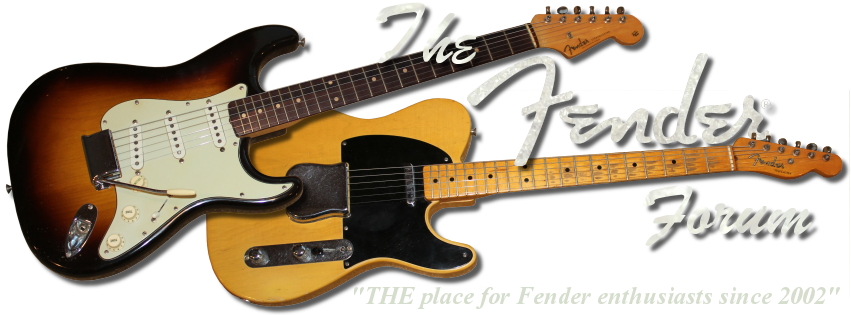although the truss rod affects action to a degree, it is not how you set the action on a guitar. The truss rod adjusts the amount of relief in the neck. A capo at the 1st fret and pressing down on the fret where the neck meets the body (typically 17th fret) creates a straight line with the string. At the halfway point between those two places (8th fret) a feeler gauge is typically employed to measure from the top of the fret to the bottom of the string. Most fenders are happy with .008 to .012", I've met people who say .020 is ok but I find it a bit too much.
Using the saddles screws, I aim for 6/64th on the low E at the 12th fret and 5/64th on the high E. The rest of the strings are radiused according to the fret board. I have radius gauges and use them to check my eyeball estimates.
Tools you will want: capo, feeler gauges (automotive stores have them, you will want to clean them up as they come oiled. I used isoprophyl alcohol), a steel engineering ruler and/or a string action gauge (Stew Mac, etc), hex wrench for the saddle screws. Optional tools like radius gauge, magnifying loupe (my eyes ... er ... eye isn't what it used to be), i use Dan Erlewhine's lighted magnifying loupe. It's been worth every penny to me.
Tune the guitar. Put the capo on the 1st fret. Press down on the neck body joint (17th fret), use feeler gauge to measure fret top to string bottom at the 8th fret. What do you get?
What music store guy are you talking about? The one who sold it? Your own local guy? Are they a luthier? I've gotten some pretty crappy set ups at stores where I've purchased guitars. Now that I know how to do my own, I won't pay anybody 75 dollars or whatever the going rate is these days. That's a lot of sets of strings you can buy




 Reply With Quote
Reply With Quote







